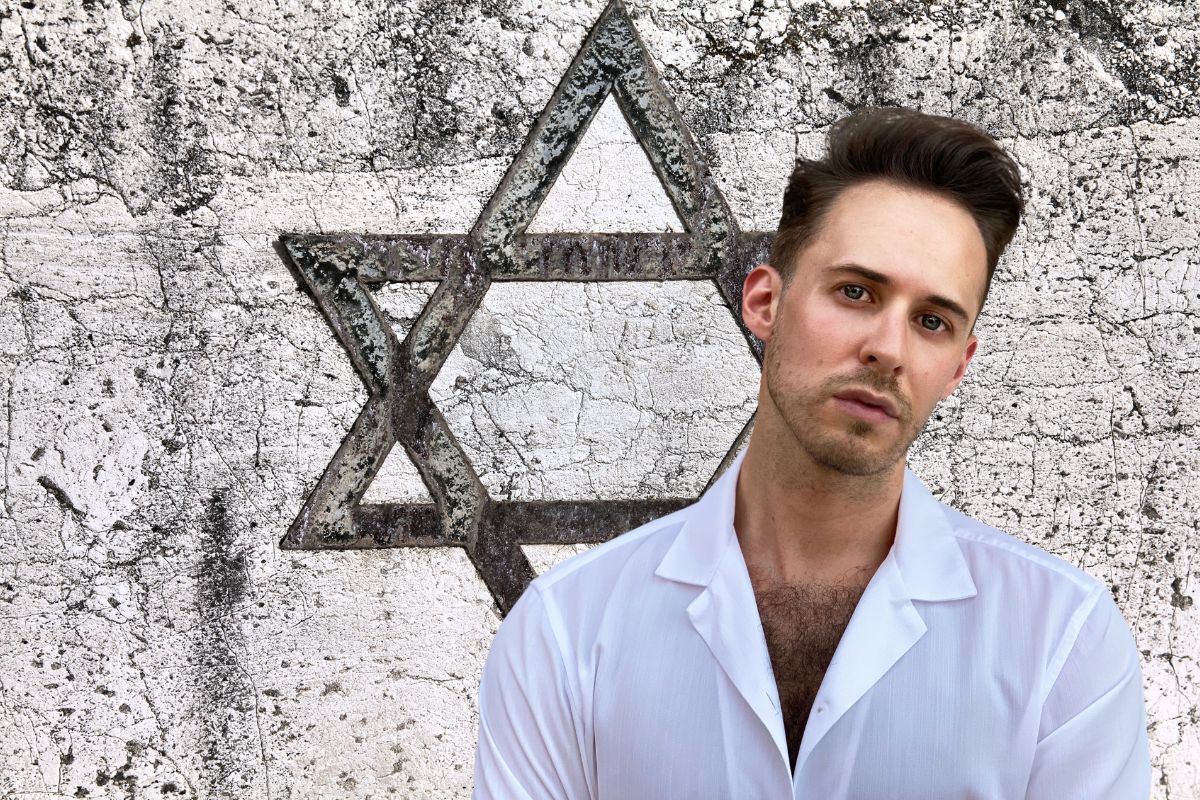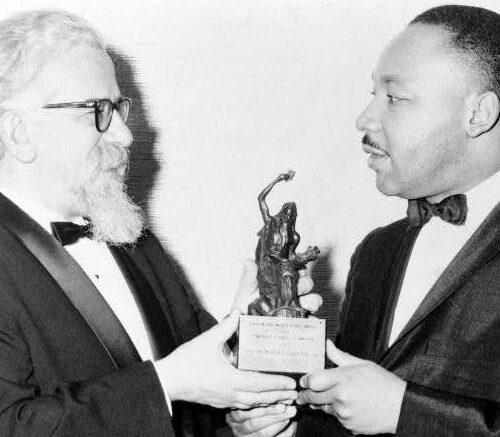Lessons
Who are Your People? Defining Jewish Peoplehood

State standards
Results
Length: 60-120 minutes | Grades: 6-12 | Themes: Jewish peoplehood
Lesson Overview
Far more than a religious group, Jews come from many backgrounds, speak many languages, and express their identities in a wide range of ways: religious, cultural, secular, or somewhere in between. While Jewish identity cannot be easily defined by race, religion, or culture alone, shared history, texts, traditions, and the idea of “mishpacha” (family) connect Jews across time and place.
This lesson introduces students to the diversity and complexity of the Jewish people. Students will reflect on the communities they belong to and what gives them a sense of meaning and belonging. Through engagement with diverse Jewish voices, they will explore different expressions of Jewish identity. Using the metaphor of a pomegranate mosaic, students will first organize what they have learned about Jewish peoplehod, then create their own mosaic representing a community that matters to them.
Enduring Understanding
Communal identities are complex and multifaceted, offering membership and belonging while allowing for internal diversity.
The Jewish people are a joinable extended family, connected by a shared history, ancestral homeland, and central texts, yet are remarkably diverse.
Essential Questions
What does it mean to be a member of a community?
Who are the Jewish people?
Learning Objectives
Students will be able to develop an understanding of the Jewish people by comparing and discussing multiple voices and perspectives.
Students will be able to describe the features of communities to which they belong, using a mosaic as a metaphor.
Toolkit
-
Jewish Peoplehood lesson plan
-
Jewish Peoplehood slide deck
-
Michael Twitty film
-
What is Judaism? film
-
Jewish Peoplehood handout





